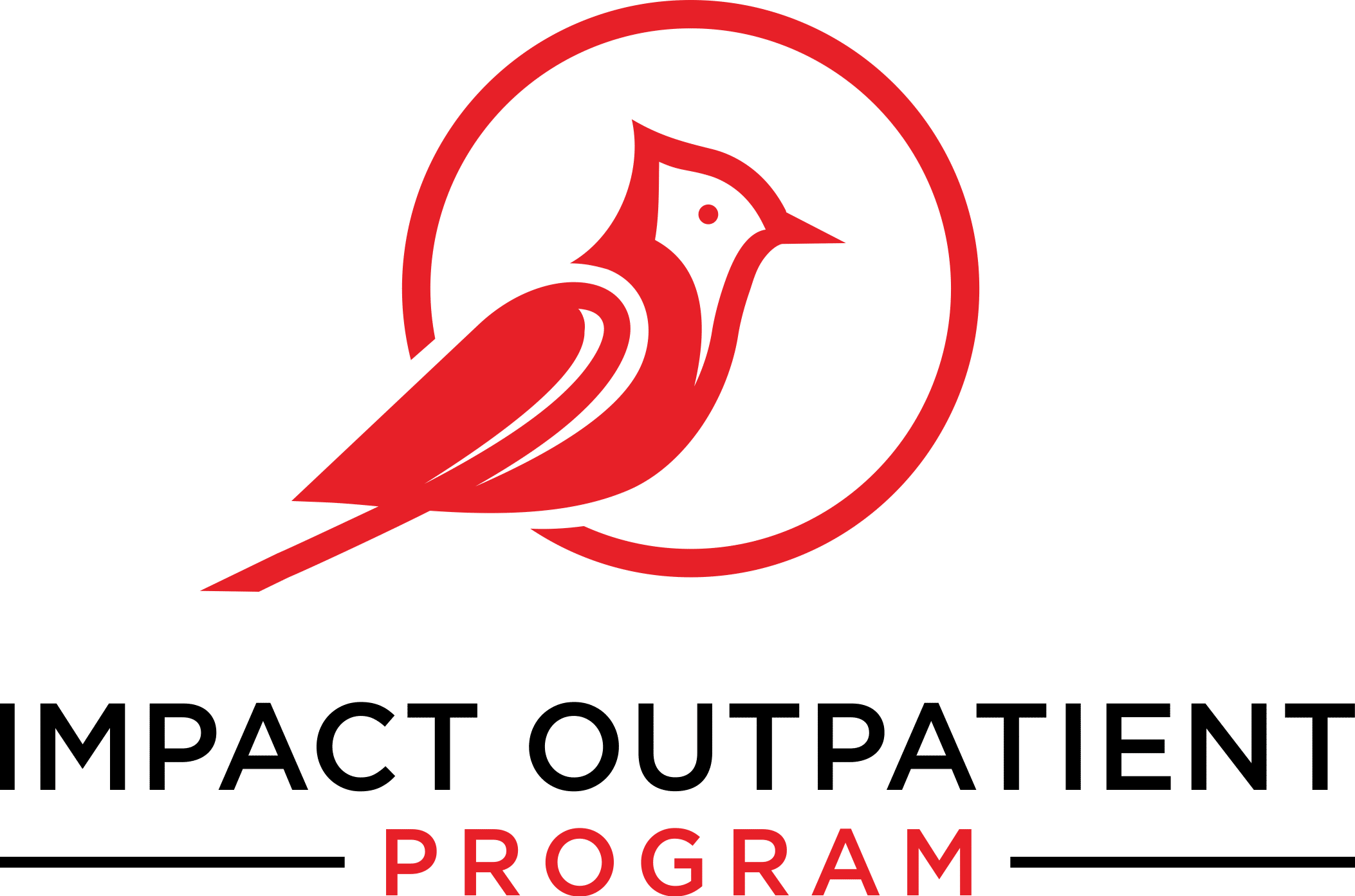Breaking free from the grip of addiction is not easy but it’s possible with the right combination of resilience, persistence, and a well-structured roadmap. Though difficult, sticking to your recovery plan will reap benefits including an improved career as well as better health and relationships.
Here are 7 steps to follow on the roadmap to successful addiction recovery:
Acknowledge you have a problem
Acknowledging you have a problem and accepting that you need to change is the most difficult step toward recovery. Instead of changing, many people remain blinded by denial and choose to focus on the hurdles ahead of them which keep them trapped by addiction.
Seek professional help
You can’t beat addiction on your own. You’ll need the professional guidance of addiction specialists including therapists, psychiatrists, and doctors, among others They can also provide valuable insight and assistance to help you conquer addiction.
Get detox and treatment
Before treatment, you need to give your body time to detox and wean itself off of addictive substances. This is best done under medical supervision where your withdrawal symptoms will be monitored.
After that, you’ll go into either residential or outpatient addiction treatment. Residential rehab involves residing at the facility while outpatient treatment programs, including partial hospitalization and intensive outpatient treatment, are more flexible.
Address underlying issues and develop coping skills
A huge part of drug or alcohol treatment involves exploring the underlying issues that led to your addiction. Additionally, during treatment, you’ll learn coping skills to help you identify and deal with stressors and triggers.
Practice self-care
Recovery can be physically and emotionally demanding, making self-care essential. Treating yourself well by exercising, eating nutritionally healthy meals, getting enough sleep, nurturing creative outlets, etc., complements your recovery by allowing you to remain focused and energized.
Create a healthy environment
Part of recovery involves getting rid of the negative environment that contributed to addiction. This means avoiding situations, people, and places that trigger cravings and temptations and instead, surround yourself with more positive influences.

